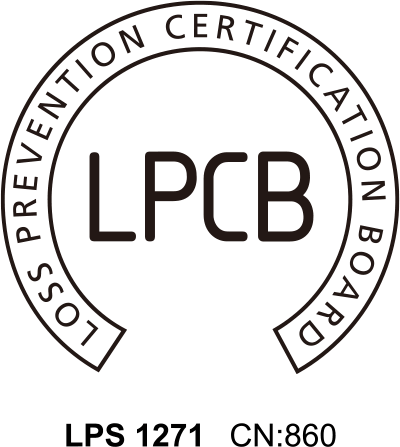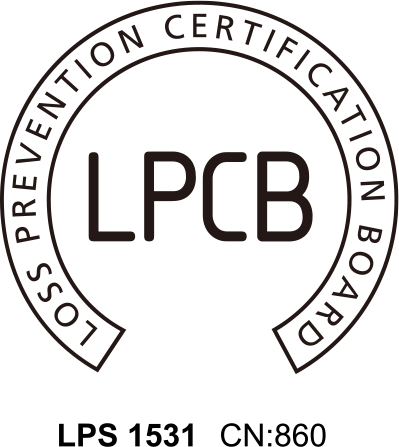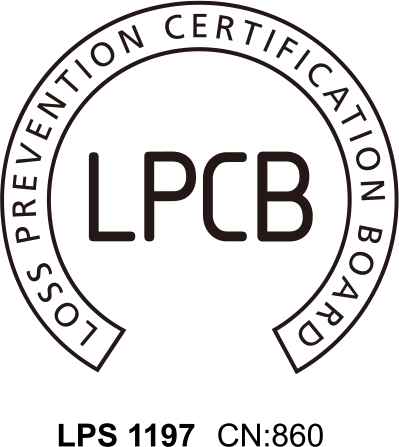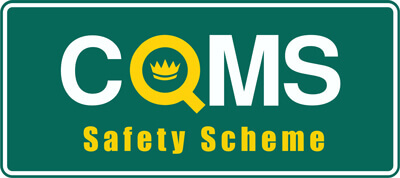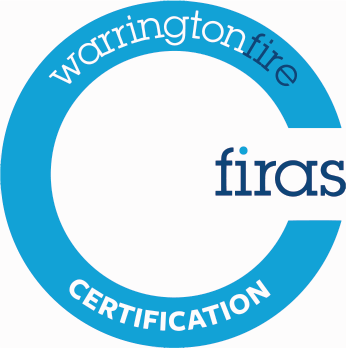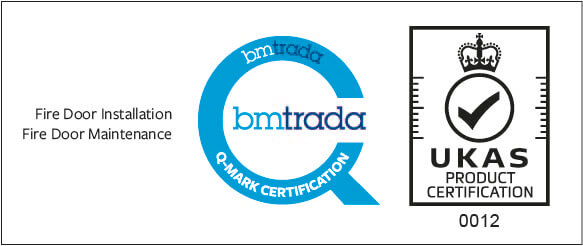What Are Fire Risk Assessments?
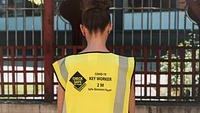
Fire Risk Assessment Overview
A Fire Risk Assessment is the systematic evaluation of a building or premises. Looking at the hazard from fire, the likelihood that there will be a fire and the consequences if one were to occur. There are both qualitative and quantitative methods of risk assessment that can be used, under the current British Standards, PAS 79-1:2020.
Are fire risk assessments a legal requirement?
The Regulatory Reform (Fire Safety) Order 2005 requires any non-domestic premises to always have an in-date fire risk assessment, including measures to reduce or eliminate the risk of fire, and identify persons at risk.
Who is responsible for carrying out a fire risk assessment?
The law states that a ‘competent person’ must undertake the FRA, this includes the building’s ‘responsible person’, who may have no formal fire safety training, beyond the help of standard fire safety risk assessment guidelines. This can in some instances lead to insufficient – and sometimes dangerous – fire risk assessments.
How often should fire risk assessments be reviewed?
Firstly, you should always have an in-date fire risk assessment, and it should be reviewed at least annually, or when the integrity of the building is compromised in any way.
How long does a fire risk assessment last?
If the integrity of the building isn’t compromised in any way, the FRA should be renewed annually.
What is a fire risk assessment report?
A fire risk assessment report typically contains the following 5 key steps.
- Identify the fire hazards.
- Identify people at risk.
- Evaluate, remove or reduce the risks.
- Record your findings, prepare an emergency plan and provide training.
- Review and update the fire risk assessment regularly.
